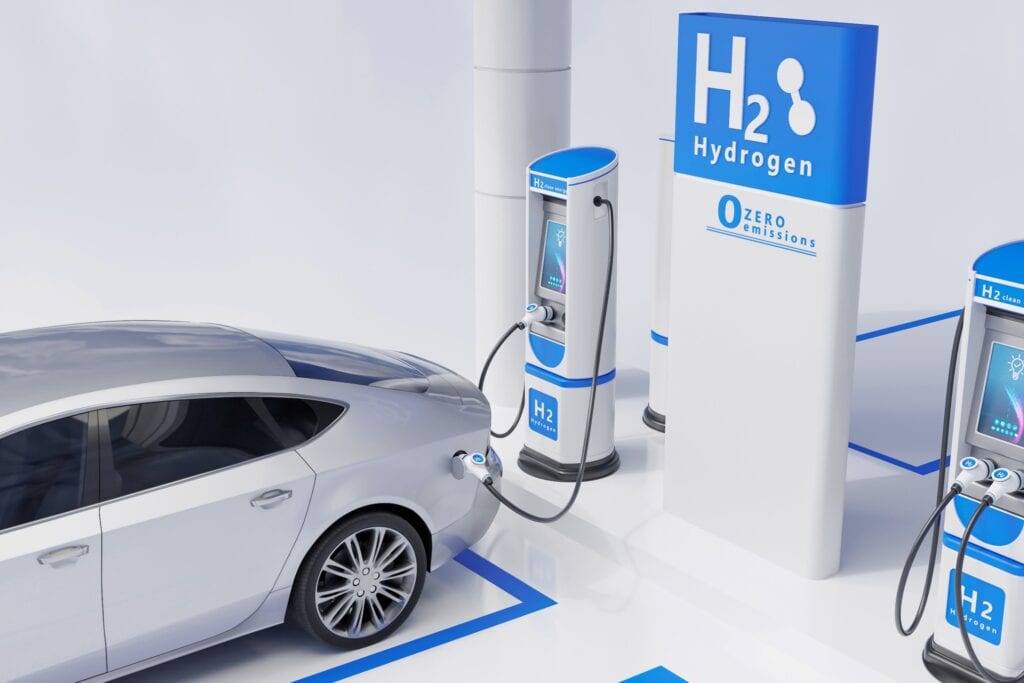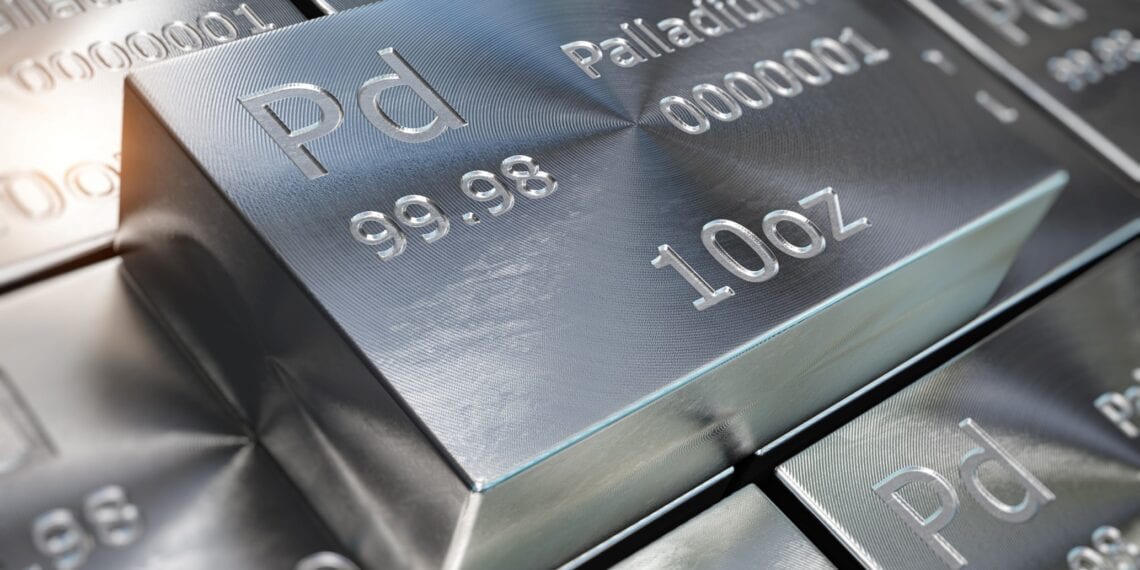Palladium and platinum are considered sister elements and critical minerals around the globe. Both palladium and platinum are in high demand in the motoring industry. Both are very rare. Both are forecast to rise in price over the near future and both are considered to be key elements in a hydrogen-energy future.
But what are their near and long term futures?
According to analysts, the world’s supply of platinum would last for just a year if mining ceased. However, it is estimated that palladium is still about 15 times rarer than platinum.
So where does that lead price growth in the near and long term for both palldium and platinum?
Will palladium shine brightest?
Shree Kargutkar, portfolio manager at Sprott Asset Management LP, says both palladium and platinum have enjoyed a robust recovery since hitting COVID-19 pandemic lows in early March 2020.
Palladium’s base and spot prices nudged above US$3,000/oz in early May on the back of continuing tight supply and expected improving auto demand, to move near a recent record high.
However, a month later it had slid down to around US$2,850. At the same time, platinum was sitting at around US$1,170.
According to a recent “Metals Watch” piece by Adam Hoyes at Capital Economics, the current price outlook is brighter for palladium than platinum.
The article noted that both metals recorded similar sized falls in demand in 2020. However, with both remaining in supply deficit by year end, their respective prices held up better than possibly expected in the tough pandemic environment.
According to the Capital Economics piece, the supply of both platinum and palladium is expected to recover this year, however, the latter will take a little longer, helping to keep the palladium price higher.
“Metals Watch” forecast that in the near-term production of both metals are expected recover at roughly the same rate and should not have a major influence on the relative prices of platinum and palladium over the next year or so.
It suggested that demand will thus become the key to pricing, citing two key demand-side factors to favour palladium relative to platinum in the near term.
Mr Hoyes suggests a continuing upswing in palladium autocatalyst demand compared to that for platinum looks set to continue, especially as vehicle production recovers.
He also reported that global autocatalyst demand for platinum fell by almost 30% between 2016 and 2019, primarily driven by a shift away from diesel vehicles in Europe.
“In contrast, the shift towards petrol (gasoline) vehicles in Europe, along with a rise in demand to meet new emissions standards in the European Union, China, and India, has increased global autocatalyst demand for palladium. In fact, although autocatalyst demand for both metals fell in 2020, palladium autocatalyst demand held up much better than that of platinum,” he wrote.
Automotive recovery driving platinum demand
Elsewhere, some analysts are tipping platinum demand will continue to grow as it overtakes palladium’s use in the motoring industry.
Both palladium and platinum are considered as key ingredients in gasoline engine auto catalysts, which lower emissions. The auto sector accounts for about 80% of industrial palladium demand. However, its higher cost may be to its detriment moving ahead.
A recent World Platinum Investment Council (WPIC) report said the automotive industry has rebounded quickly from the COVID-19-led downturn in 2020, and the platinum market saw its largest supply deficit on record at 932,000/oz.
The WPIC found that higher vehicle production and tighter emissions regulations increased platinum automotive demand by 8% (+50koz) in the first quarter of 2021 despite production being undermined by semiconductor shortages and a tightening of lockdown measures in some regions.
It noted that North America, in particular, saw platinum demand increase 12% (+10koz), helping to offset declines in other parts of the world.
In China, burgeoning vehicle ownership aspirations, and the continued implementation of more stringent emissions legislation, took Q1 2021 platinum demand to 85koz – almost double that of the year before.
For 2021, despite supply chain challenges, global light-duty vehicle production is expected to be 16% higher than in 2020, while heavy-duty output is forecast to improve by 3%. This will result in an increase in automotive platinum demand of 22% (+557koz) to 2,925koz – exceeding pre-pandemic levels.
Overall industrial demand for platinum in Q1 was 44% (+201koz) higher than the corresponding quarter in 2020, underpinned by a six-fold increase in demand year-on-year from the glass sector to 279koz. Glass demand is forecast to increase 70% in the next year, as demand growth for use in screens and building materials is met by capacity expansions, mainly in China.
The WPIC stated that an improvement in economic activity will see demand for platinum in industrial applications increase by 25% (+486koz), with notable rises in demand from the chemical (+11%, +62koz), and petroleum (+65%, +71koz) sectors.
Possible consequences of the EV revolution
Meanwhile, will the clean energy future prove to be a double-edged sword for both metals?
Some analysts are suggesting palladium and platinum demand may be hit in the long term with the switch to electric vehicles (EV) impacting the catalytic convertor market.
However, there are also forecasts that both metals can still play a key role in the EV market, and be particularly important in the clean energy transition away from hydrocarbons.
A hydrogen economy powered by fuel cells is considered by many as the next step as an alternative to the current fossil-fuel based energy system where hydrogen, produced through renewable sources, is used to generate electricity via fuel cells.

Margery Ryan, principal analyst at Johnson Matthey, recently noted that net-zero CO2 commitments made by the UK, the European Union, China and, most recently, the Biden administration in the U.S., will require much greater use of hydrogen as an alternative to fossil fuels, and platinum group metals (PGM) will play an important role in the hydrogen economy.
“We are already seeing strong growth in demand for platinum in hydrogen fuel cells for stationary and transport applications. In future, we expect to see wider use of PGM catalysts to produce green hydrogen using PEM electrolyser technology. Although it is early days for the clean hydrogen sector, it is already starting to shift sentiment towards the PGM – particularly platinum and iridium.”
Paul Wilson, CEO of the WPIC, stated that the recent interest in commodities, as well as platinum’s linkage to the hydrogen economy, is driving a number of investors to consider platinum when previously they had not.
“When these investors take a closer look, they see that platinum’s constrained supply, deep discount to gold and palladium, and compelling demand growth potential greatly enhance the likelihood of investment demand growth.”
Who will be the winner in the palladium v platinum market? Only time will tell.












